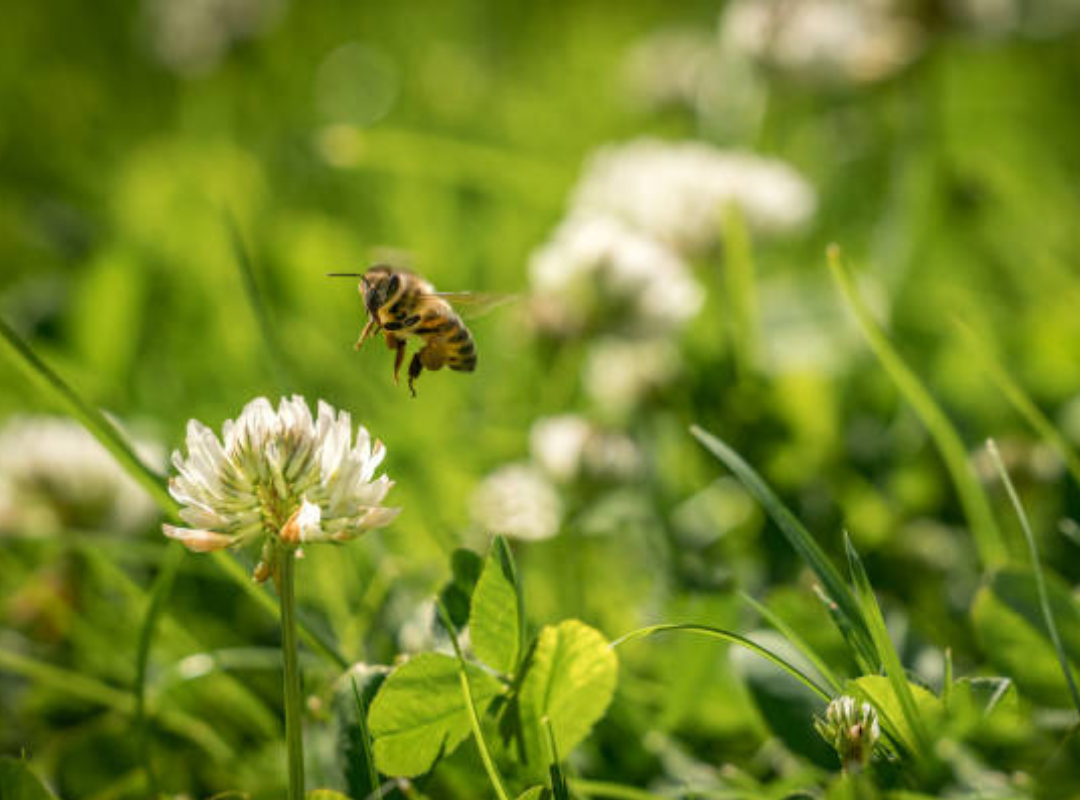How to Safely Remove Bee-Attracting Food and Scents From Your Yard
Bees play a crucial role in pollination and maintaining a healthy ecosystem, contributing to the growth of flowers, fruits, and vegetables. However, their presence can sometimes become problematic, particularly when they swarm around yards and create potential safety concerns for families and pets. While it’s important to respect and protect these essential pollinators, finding ways to manage their activity in your outdoor space is equally necessary. If you’re dealing with an influx of bees, addressing the issue safely and effectively without harming them is key. This guide will outline strategies to remove bee-attracting food and scents while fostering a harmonious environment.
Why Bees Are Attracted to Your Yard
Bees are naturally drawn to food sources and specific scents, which can often be found in your garden or yard. Sweet smells from flowers, sugary residues, and even perfumes can entice bees to visit. While their presence is beneficial for plant pollination, it can also create challenges if bees gather in areas where people or pets frequent.
To remove bee-attracting scents effectively, it’s important to understand the key triggers for their activity. Common culprits include:
- Sweet foods and drinks left uncovered outdoors.
- Fragrant flowers and plants that produce nectar.
- Standing water where bees can quench their thirst.
- Leftover food waste in trash bins or compost piles.
Identifying and mitigating these attractants is the first step toward a bee-free yard.
Steps to Remove Bee-Attracting Food and Scents From Your Yard
Creating a bee-friendly but safe yard involves practical and natural methods that address the root causes of their attraction. Here’s how you can effectively remove bee-attracting elements:
Clean Up Food and Drink Residues Immediately
Leftover food, sugary drinks, and even crumbs can serve as magnets for bees. After outdoor meals or gatherings, ensure you:
- Wipe down tables and surfaces thoroughly.
- Dispose of food scraps in sealed garbage bags.
- Avoid leaving sweetened beverages uncovered for long.
By promptly cleaning up after meals, you significantly reduce the chances of attracting bees to your yard.
Choose the Right Plants for Your Garden
While flowering plants are beautiful, they can also be a major source of attraction for bees. To minimize their visits:
- Opt for non-flowering plants or those with less nectar production.
- Avoid planting large clusters of fragrant flowers near patios or seating areas.
- Use herbs like mint or eucalyptus, which naturally repel bees.
Balancing your garden’s aesthetic with functional plant choices can help deter bee activity while keeping your yard visually appealing.
Effective Ways to Manage Bee Activity in Your Yard
Understanding how to prepare for bee activity is key to minimizing encounters. Bees are highly sensitive to scents, so managing odors in your yard can make a significant difference. Focus on these strategies:
- Seal trash bins: Ensure your trash cans have tight-fitting lids to prevent the scent of food waste from escaping.
- Use unscented products: Replace scented candles, sprays, and perfumes with unscented alternatives to avoid attracting bees.
- Eliminate standing water: Fix leaky faucets, empty bird baths, and ensure your yard is free from puddles.
Taking these precautions not only reduces the chances of bees being drawn to your space but also prepares you for periods of heightened bee activity, such as in spring and summer.
Natural Deterrents to Remove Bee-Attracting Elements
If bees have already taken an interest in your yard, natural deterrents can help encourage them to relocate without causing harm.
Citrus-Based Solutions
Bees dislike citrus scents, making it an excellent natural repellent. You can create a simple deterrent spray by boiling citrus peels (like lemon or orange) in water. Once cooled, spray the mixture around bee-prone areas such as patios and garden edges.
Vinegar and Essential Oils
Mix vinegar with water and add a few drops of essential oils like peppermint, cinnamon, or tea tree oil. This solution can be sprayed on surfaces and plants to discourage bees from lingering.
Garlic Powder
Sprinkling garlic powder around bee-heavy zones creates an odor barrier that keeps bees away. Be mindful of using it sparingly, as it can affect other beneficial insects.
These methods are safe for the environment and can be a sustainable way to remove bee-attracting elements from your yard.
Tips for Maintaining a Bee-Free Environment
Once you’ve successfully removed bee-attracting food and scents, ongoing maintenance is crucial to ensure they don’t return. Here are some tips:
Regularly Inspect and Clean Your Yard
Schedule weekly inspections of your yard to spot any potential attractants. Look for:
- Fallen fruits from trees or shrubs.
- Open containers with standing water.
- Trash bins with improperly sealed lids.
Keeping your yard clean and free of clutter minimizes the chances of bees returning.
Install Bee-Repelling Plants
Certain plants, such as citronella, marigold, and basil, naturally repel bees. Planting these in strategic areas around your yard can create a barrier that discourages bees from entering.
Create Alternative Bee Habitats
If you want to balance a bee-free yard with supporting pollinators, consider setting up a bee habitat in a remote corner of your property. This approach ensures bees have a space to thrive without causing disturbances in high-traffic areas.
Why Safe Removal Methods Are Important
While the goal may be to remove bee-attracting food and scents, it’s vital to do so responsibly. Bees are essential for pollinating plants that contribute to food production. Harsh chemical repellents and extermination should be avoided whenever possible to protect local bee populations.
By focusing on natural, non-toxic methods, you can maintain a safe and harmonious yard environment that benefits both humans and pollinators.
Conclusion
Learning to remove bee-attracting food and scents from your yard is not only practical but also a way to coexist peacefully with these vital pollinators. Simple steps like cleaning up food residues, using natural deterrents, and planting bee-repelling plants can make a significant difference.
By implementing these tips, you’ll create a safe, inviting yard for your family and friends while respecting the ecological role of bees.














Post Comment